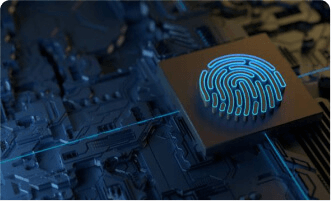Integrated business connectivity: A holistic approach
- Published on - Oct 26, 2021
-
2 mins read
-
 Total views -
Total views -
-
Do you work in or run a small to medium-sized business (SMB) in India?
If so, it is very likely your organisation uses fixed landlines, mobile phones, and email, accessed via one or more desktop or laptop computers connected either in a local area network or to the internet. This usually requires the use of a wide range of fixed and wireless infrastructure.
The phones probably use an office switchboard system, enabling calls to be transferred to the right party. Many organisations connecting with overseas or remote stakeholders are likely to use Internet Protocol (IP) services for data and / or voice and video, to cut down on long-distance call charges.
And the probability is that each of these systems is completely separate. In most cases, calls to the office phone cannot be taken on a mobile; nor can they be forwarded to someone who is on the road or in a different branch. Files cannot be easily accessed and viewed by all the parties in a call; they need to be e-mailed separately. Data sent from remote locations has to be manually copied onto the central database by someone at a branch or head office.
Every one of these practices costs time, increases the likelihood of errors and reduces the speed of response.
With modern enterprise connectivity solutions with the ability to digitally transmit voice, video and more, it is possible to use technology to integrate all aspects of data and information and share it among all stakeholders of an organisation: internal as well as external. An integrated application of digital technology enables businesses to become agile and flexible to respond to market conditions.
Enterprise connectivity solutions enable companies in a range of industries to innovate, improve service levels, adapt to changing market conditions and achieve cost efficiencies in an ever-changing and competitive business landscape.
You may also like
Fill in your details to get a call back
Connect With Us
Please Fill in Your Details and We'll Call You Back!
Please Fill in Your Details and We'll Call You Back!
